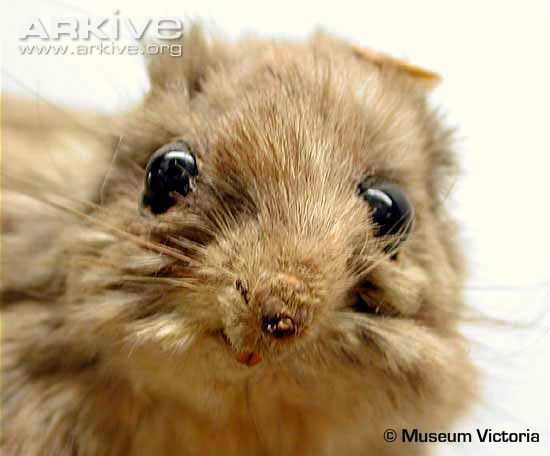Rank Species | Phylum Chordata Genus Leporillus Higher classification Leporillus | |
 | ||
Similar Banded stilt, Leporillus, Euastacus, Greater stick‑nest rat, Mammal | ||
The lesser stick-nest rat or white-tipped stick-nest rat (Leporillus apicalis) is an extinct species of rodent in the Muridae family. It lives in central Australia where it builds a nest of sticks that accumulate over years and becomes very large. The last confirmed sighting of this rat was in 1933 although there is a credible report of a sighting in 1970. In 2008, the International Union for Conservation of Nature listed it as "critically endangered", suggesting that it may yet survive in remote areas of unsurveyed territory, but revised its evaluation to "extinct" again in 2016, based on an assessment in 2012.
Contents
Behaviour
It accumulated large mounds of sticks to construct its nests, which were up to three metres long and a metre high. It was easily tamed, sometimes climbing onto tables to get sugar. It was also eaten by people. The last capture was filmed on 18 July 1933, when the stick-nests were set alight. The specimens are held in the South Australian Museum. The rat may have declined from competition with cattle and sheep. There is a possibility that a lesser stick-nest rat was seen in a cave in Western Australia in 1970.
The last specimen was found at Mount Crombie.
Conservation status assessment
The 2008 release of the updated IUCN status for the lesser stick-nest rat downgraded the conservation status from extinct to critically endangered (possibly extinct), owing to the very slight possibility that a very small population may still exist in yet to be surveyed remote lands of the Australian interior. This was based on a reliable record from 1970, continued occasional reports of fresh vegetation being added to old stick-nests, and much of this species' range being in remote portions of central Australia which have not yet been fully surveyed. However, the classification was revised to "extinct" again in 2016.
